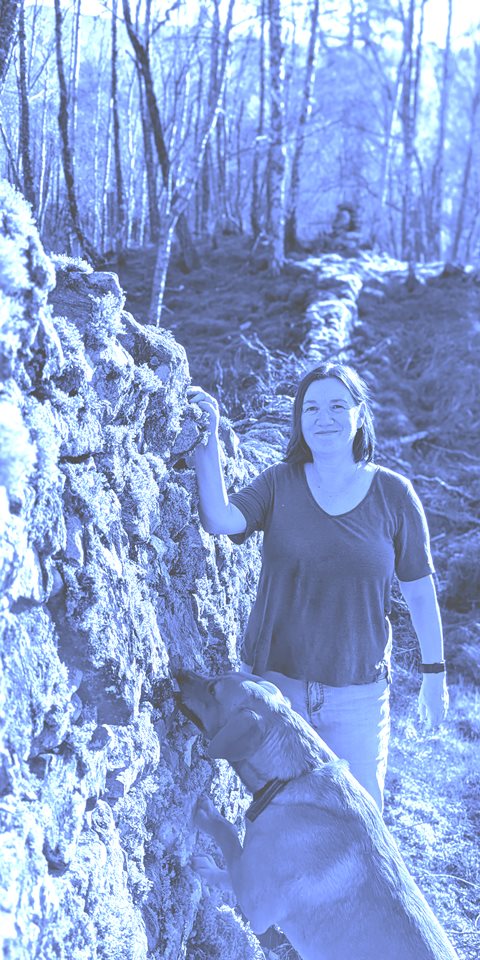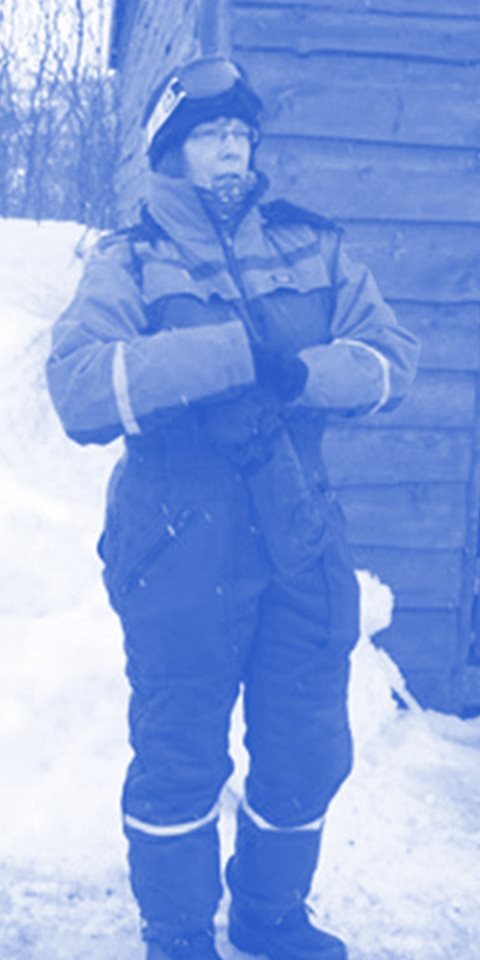The use of sheep movement data to inform design and interpretation of slaughterhouse-based surveillance activities
Frontiers in Veterinary Science
The design of surveillance strategies is often a compromise between science, feasibility, and available resources, especially when sampling is based at fixed locations, such as slaughterhouses. Advances in animal identification, movement recording and traceability should provide data that can facilitate the development, design and interpretation of surveillance activities. Here, for the first time since the introduction of the electronic identification of sheep, the utility of a statutory sheep movement database to inform the design and interpretation of slaughterhouse-based surveillance activities has been investigated. Scottish sheep movement records for 2015–2018 were analyzed in combination with several other data sources. Patterns of off-farm movements of Scottish sheep to slaughter were described and the spatial distribution of several distinct slaughter populations, throughputs and catchment areas for Scottish slaughterhouses were determined. These were used to evaluate the coverage of a convenience-sample slaughter-house-based survey for antimicrobial resistance (AMR). In addition, non-slaughter sheep movements within and between Scottish regions were described and inter-and intra-regional movement matrices were produced. There is potential at a number of levels for bias in spatially-associated factors for ovine surveillance activities based at Scottish slaughterhouses. The first is intrinsic because the slaughtered in Scotland population differs from the overall Scottish sheep slaughter population. Other levels will be survey-dependent and occur when the catchment area differs from the slaughtered in Scotland population and when the sampled sheep differ from the catchment area. These are both observed in the AMR survey. Furthermore, the Scottish non-slaughter sheep population is dynamic. Inter-regional movements vary seasonally, driven by the sheep calendar year, the structure of the Scottish sheep industry and management practices. These sheep movement data provide a valuable resource for surveillance purposes, despite a number of challenges and limitations that were encountered. They can be used to identify and characterize the spatial origin of relevant populations and so inform the interpretation of existing slaughterhouse-based surveillance activities. They can be used to improve the future design by exploring the feasibility and cost: benefit of alternative sampling strategies. Further development could also contribute to other surveillance activities, such as situational awareness and resource allocation, for the benefit of stakeholders.


